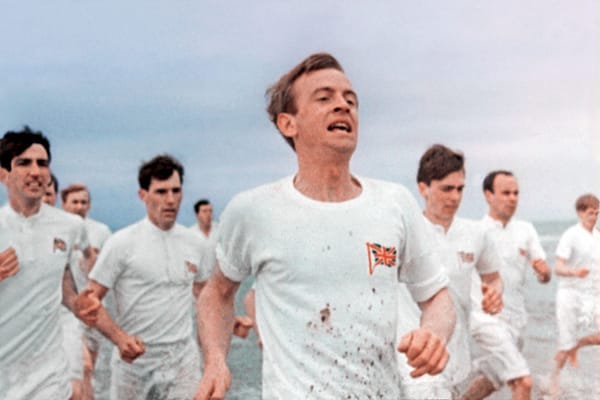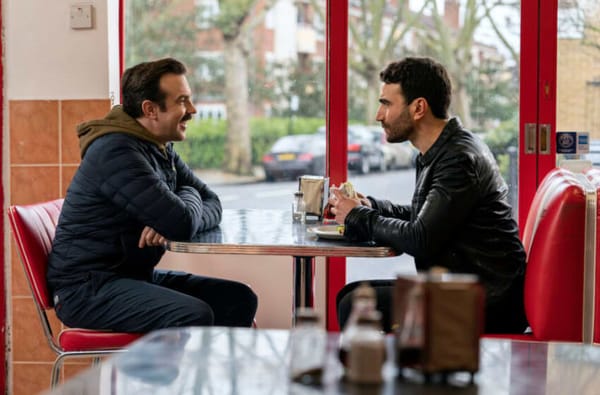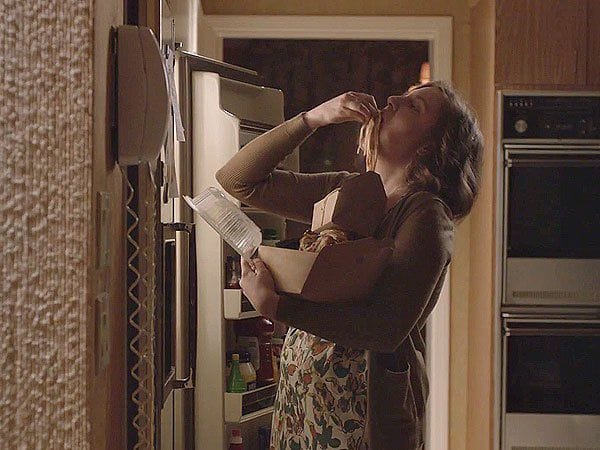Enter The Relationship Matrix
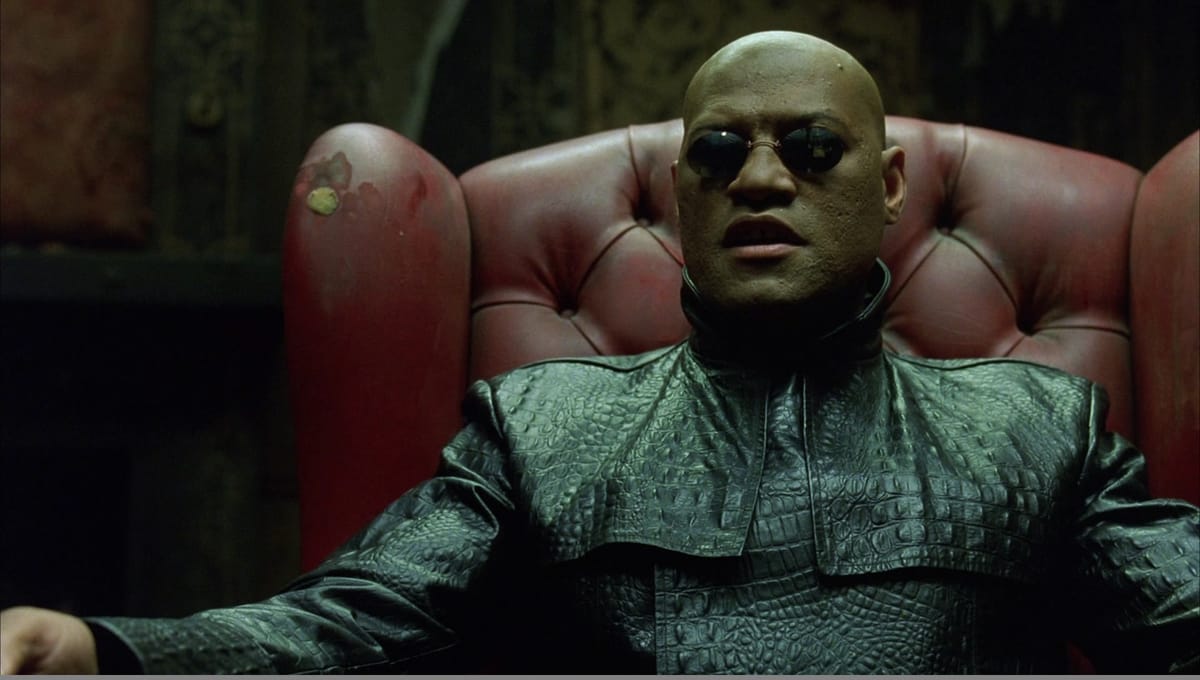
Do you ship it?
Character-driven fiction involves managing relationships. Not just romantic relationships, but the dynamic between any two characters who share space in a story.
When you’re writing, defining those fictional relationships helps give a sense of where two characters are at in the story, and what feels probable and possible to happen between them.
A character’s relationships tell us about their values, their goals, and the kind of world they live in. Characters make choices that impact those relationships.
Relationships exist on a continuum: at the far left is a character's worst enemy, and the far right end is their soul mate. But that feeling might not be reciprocated. Two people don’t always feel exactly the same about each other.
Your hero might find themselves falling in love with Freddie Prinze Jr., but he’s just taking them to the dance to win a bet. They might see a fellow composer taking an interest in their work without realizing this person is plotting to destroy their career.
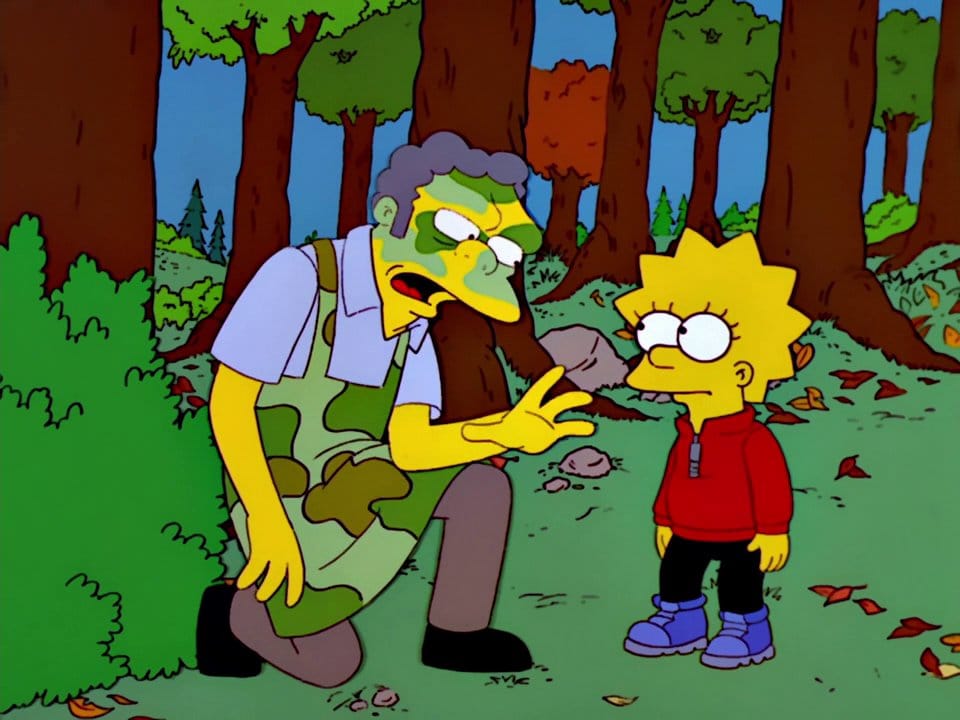
MOE
Listen, I don’t like you, and you don’t like me. But we both wanna stop Homer from shootin’ a turkey.
LISA
You don’t like me? I like you.
MOE
You do? Then I like you too. Here, have a towelette.
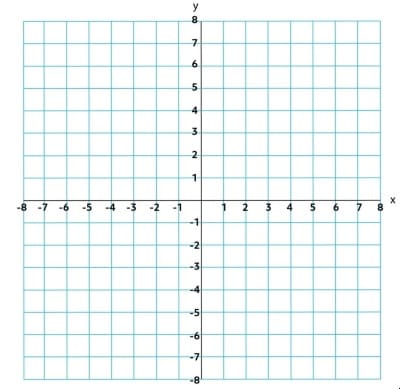
Get out your calculators. It's gonna get graphic.
Our X-axis measures intimacy. How entangled are these characters’ lives? How much effort and importance do they put into the relationship?
Our Y-axis is Synchronicity. How aligned are these characters in the way they see their relationship? Do they work well as a unit, or are they only on the same page sometimes? What’s the balance?
Let's get started with...
Acquaintances (x = -2)
They don't know each other that well, but they know enough.
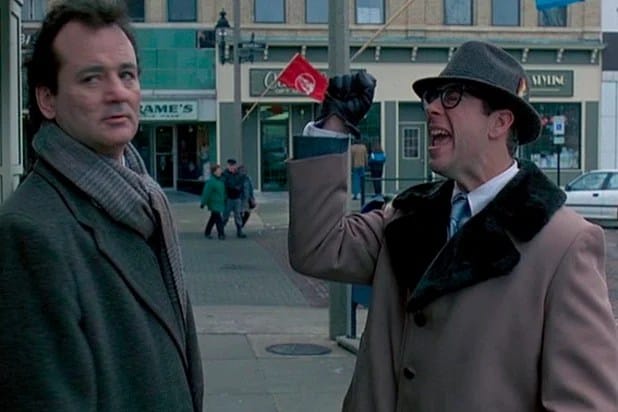
Oh great. That guy... (-2, -1)
Out of sync Acquaintances
When two characters see each other infrequently, but one or both of them dread when it happens.
Phil Connors/Ned Ryerson - Groundhog Day
Ned Ryerson wants you to watch that first step, because it’s a doozy! This small interaction in the repeating cycle of Phil’s day becomes a running gag once we understand how much Phil doesn’t want to talk with Ned. Later, it’s a sign of character growth when Phil treats Ned with kindness.
Other examples
- Everybody/Kyle - Parks and Recreation
- Jerry/Newman - Seinfeld
- Frank Grimes/Homer Simpson - The Simpsons
Why can't we be friends? (-2, 0)
Sometimes in sync Acquaintances
On a TV show this might include by a minor recurring character or a guest star. Someone who can temporarily give a jolt of energy to a series regular, but with a plot-specific reason preventing a deeper connection.
There’s a spark of something that could be friendship or a mutually beneficial partnership, but there’s not enough kindling to build up the fire.
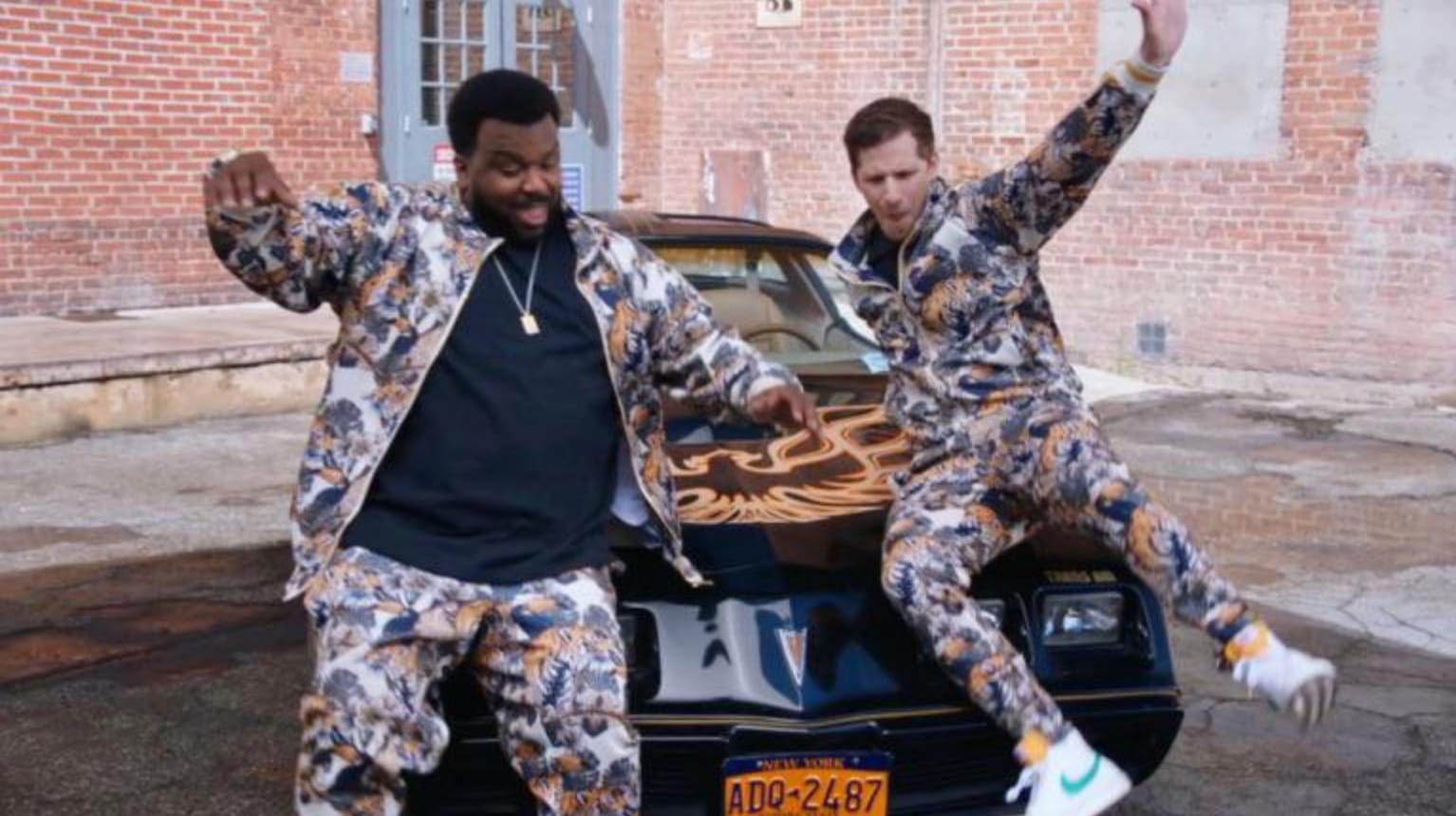
Jake Peralta/Doug Judy - Brooklyn 9-9
Doug Judy, the con-man known as the Pontiac Bandit is Jake Peralta’s arch nemesis. Doug doesn’t feel that way. In fact, even though Doug works Jake into one of his cons each time he shows up, Doug and Jake have fun together. It just always ends with a crime getting committed under Jake’s nose and Doug escaping.
Other Examples
- LaBoeuf/Rooster Cogburn - True Grit
- Paul Avery/Robert Graysmith - Zodiac
- Kevin McCallister/Old Man Marley - Home Alone
Allies (-2, 1)
Very in sync Acquaintances
Two characters can have a common purpose and share common bonds, even if they don’t know each other that well (or at all). Organizational bonds, expats from the same country, or working for a specific cause can all be reasons to connect characters even if they don’t have backstory.
This can also be a very strong one-time bond. Working on a political campaign, completing a shared project, or working together to complete a journey could put characters into this category.
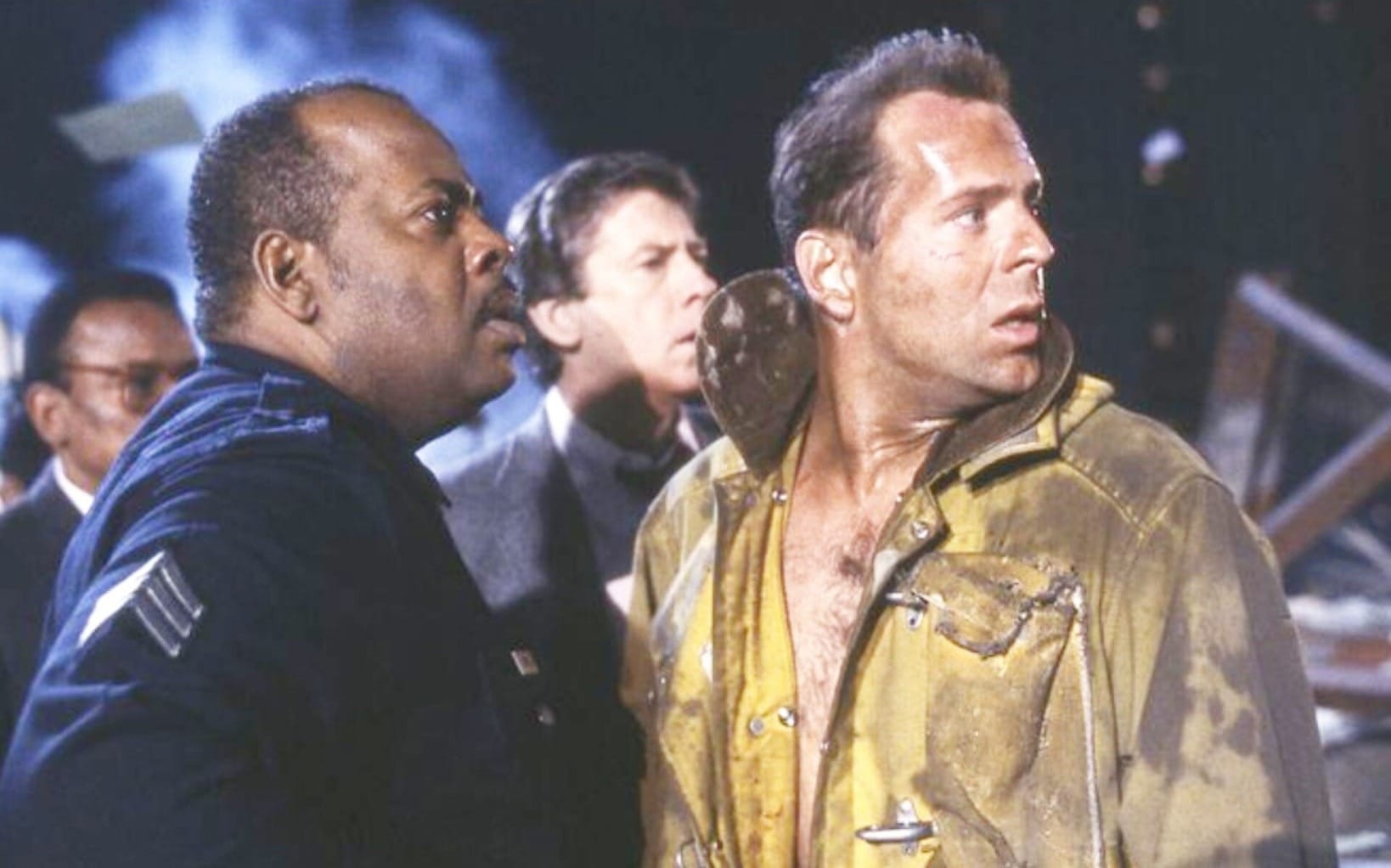
John McClane/Al Powell - Die Hard
Any cop could have potentially helped McClane get himself and the hostages out of Nakatomi Plaza, but only Al Powell connects with McClane. Al realizes that John is a fellow officer, giving them something to bond over, and Al becomes McClane's lifeline to the outside. This relationship becomes strong enough that McClane can confide in Al about his anxieties about his wife, Holly.
Maybe they send each other Christmas cards for the next few years. We don’t know. But this was an alliance built in a stressful, high stakes moment, and now they’re on the other side.
Other examples
- Dr. Sean Maguire/Will Hunting - Good Will Hunting
- Mattie Ross/Rooster Cogburn - True Grit
- Fox Mulder/The Lone Gunmen - The X-Files
Friends (x = -1)
Chosen family. Partners in crime. Two halves of a duo act.
Bicker Bros (-1, -1)
Out of sync Friends
There’s tension and rivalry, but not malice. It’s like a sibling dynamic where you rarely admit how much you actually love and care for them, but you are right there with them when they need backup. The “nobody can make fun of my brother but me” vibe.
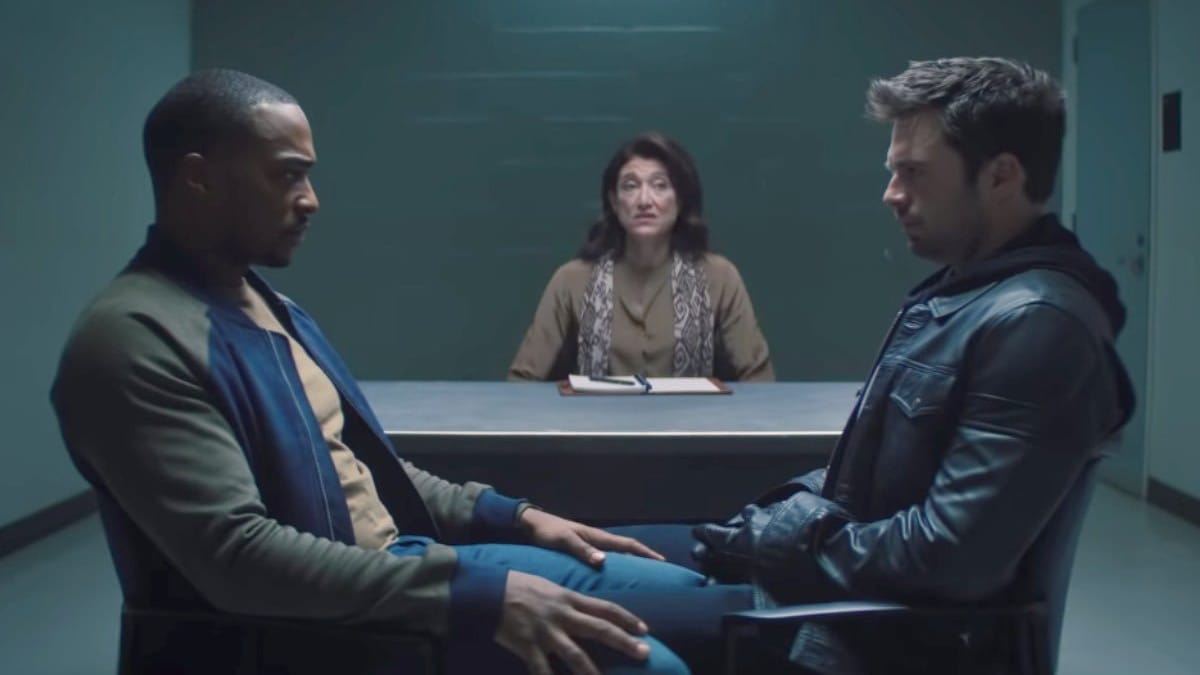
Bucky Barnes/Sam Wilson - Falcon and the Winter Soldier/The MCU
Yes, part of the tension between these two is the fact that Bucky was Steve Rogers’s best friend in the past, and Sam fills a similar role in Steve’s present. But it goes deeper than the Bromance triangle.
They work together with a common purpose, but are polar opposites in many ways. Both carry a burden from the past: Bucky’s years of brainwashed assassinations as the Winter Soldier and Sam learning to carry the mantle of Captain America as his own. Bucky had the Supersoldier serum forced on him, but Sam refuses to use any variant of it on his own body.
The thing that binds them is how each recognizes the other as a capable hero. They just don’t want to have to admit it directly, most of the time.
Other Examples
- The Guardians of the Galaxy/The Guardians of the Galaxy - Guardians of the Galaxy
- Sheriff Harry S. Truman/Albert Rosenfield - Twin Peaks
- Gimli/Legolas - The Lord of the Rings
- Eleanor Shellstrop/Tahani Al-Jamil - The Good Place
- Maui/Moana - Moana
- Harry/Marv - Home Alone
Friendly Friends (-1, 0)
Sometimes in sync Friends
They spend lots of time together, but you've seen one without the other. They may not think and act as one, but these friends can still be ride-or-die for each other.
This can play out as a balancing act, with each having compensating traits for what the other lacks.

Charles Boyle/Jake Peralta - Brooklyn 9-9
Yes, Charles usually identifies himself as Jake’s best friend, but there are enough key personality differences where they don’t share the same level of enthusiasm or interest. Jake loves Die Hard so much he names his son McClane “Mac” Peralta. Charles is a discerning foodie with a temper in the kitchen.
But in high stakes situations, they know they can rely on each other. The bond is strong enough that when faced with Jake's dream of a real Die-Hard scenario, he sacrifices his own safety to let Charles get the Big Damn Hero moment.
Other examples
- Cameron/Ferris - Ferris Bueller’s Day Off
- Furiosa/Max - Mad Max Fury Road
- Danny Butterman/Nicholas Angel - Hot Fuzz
- Dale Cooper/Sheriff Harry S. Truman - Twin Peaks
- Charlie Young/Jed Bartlet - The West Wing
- Eleanor Shellstrop/Michael - The Good Place
BFFs (-1, 1)
Very in sync Friends
Peas in a pod. Brother from another mother. A relationship where they finish each other’s sandwiches (and that's not a mistake).
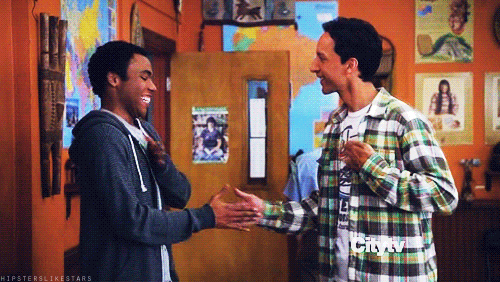
Abed Nadir/Troy Barnes - Community
Look. There’s an episode where they explain that they keep a bedroom in their apartment empty so it can be their Imaginarium. These two have a shared parallel reality to the rest of the world, from their imaginary morning show to collaboratively asking the same woman to a school dance (and allowing her to decide who she likes more).
But there’s still room for conflict with BFFs, and these moments feel all the more important because of the audience understanding of their dynamic. You can't have the Community plotline where a disagreement over whether to build blanket forts or pillow forts leads to a full-scale civil war on campus without the core of that conflict being a schism between best friends.
Other examples
- J.D./Turk - Scrubs
- Romy/Michelle - Romy and Michele’s High School Reunion
- Bill S. Preston, Esq./“Ted” Theodore Logan - Bill & Ted’s Excellent Adventure
- Hitchcock/Scully - Brooklyn 9-9
The Ambiguous Middle (x = 0)
When characters get enmeshed in each other’s lives, but there’s not a clearly defined name for how they relate to each other (or maybe there’s more than one?) you get this zone.
It’s a greater degree of intimacy than even best friends, but can’t exactly be described as romantic or even a platonic partnership. Probably. Mostly? Or maybe it feels like familial intimacy without the blood relation.
It wouldn't be ambiguous if it was easy to describe.
Too close for comfort (0, -1)
Out of sync Ambiguity
They have common ground, but too much of it. Sort of an inverse of Allies. These are characters with similar goals or spheres of influence, but there’s an unfriendly rivalry.
And it still counts if the rivalry is one-sided.
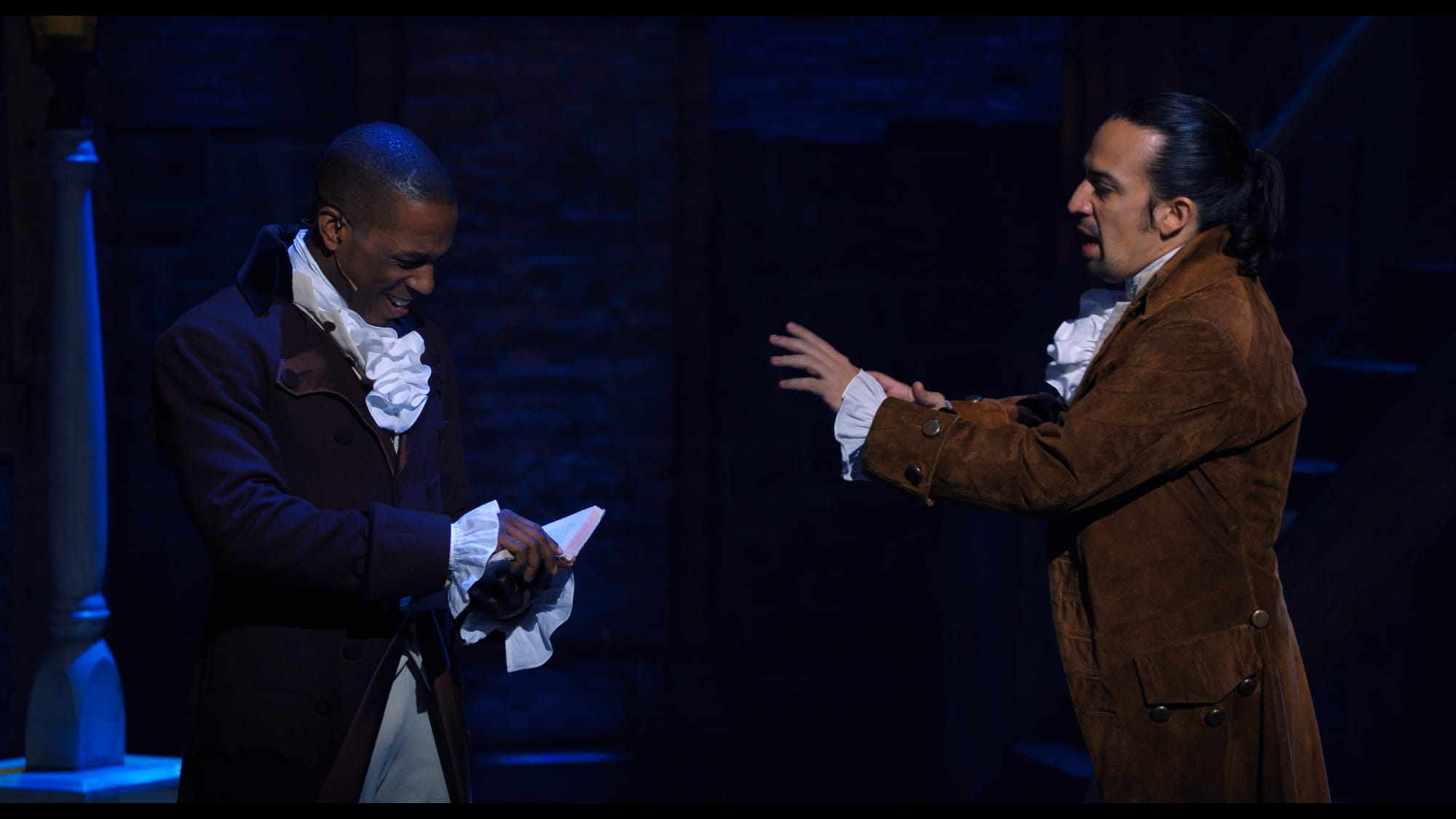
Aaron Burr/Alexander Hamilton - Hamilton
When BFFs fight, the energy comes from the broken bond between those characters. Being too close for comfort is about one character trying to sever the bond between a rival and something that matters to both them.
Both Burr and Hamilton want to have a role shaping the future of the United States. And they travel in the same circles for decades (“We keep meeting.”) But Burr thinks Hamilton is all ego and unearned confidence, and Hamilton sees Burr as an intelligent but cowardly pragmatist.
Neither can set aside their argument over whether it's better to make a stand or go with the flow. Years of bitter enmity end as we see them swap quills for pistols and secure each others' legacy.
Other examples
- Paris Geller/Rory Gilmore - Gilmore Girls
- Mozart/Salieri - Amadeus
- Alfred Borden/Robert Angier - The Prestige
The Knope-Perkins Midpoint (0, 0)
Somewhat in sync Ambiguity
Let’s cut right to the namesake for this one...

Ann Perkins/Leslie Knope - Parks and Recreation
To outsiders, this bond seems incredibly close but it’s unclear what’s going on. Leslie calls Ann “a poetic and noble land mermaid,” her “beautiful tropical fish,” and “the greatest human being ever invented.” Do Leslie’s superlatives sometimes feel flirty? Yes. But does Leslie see it like that? It’s unclear. Probably not.
And Ann is uncomfortable with the praise. Sometimes. Because there’s a tight-knit bond here, and even though Leslie is more frequently the EXTRA one of the pair, Ann can take up space when the moment calls for it.
It’s a bond that makes both people better versions of themselves, but that doesn’t neatly fit into rigid societal labels. Just because it’s something that outsiders don’t understand or have doesn’t mean it’s not incredibly valuable.
Other examples
- Bucky Barnes/Steve Rogers - The MCU
- Steve Coogan/Rob Brydon - The Trip series
- Coach Beard/Ted Lasso - Ted Lasso
- Maddy/Owen - I Saw the TV Glow
- Charles Xavier/Magneto - X-Men (various)
- Jed Bartlet/Leo McGarry - The West Wing
If it Fits, it Ships (0, 1)
Very in sync Ambiguity
There’s something these characters share. A compulsion. A way of understanding the world. But there’s also something a little unhealthy about their obsessive behavior.
Like maybe they’re trying to avoid admitting what they mean to each other and defining it by putting all of their effort into finding excuses to be together working on A Thing. And so long as they have That Thing there’s no room to explore any inconvenient feelings.
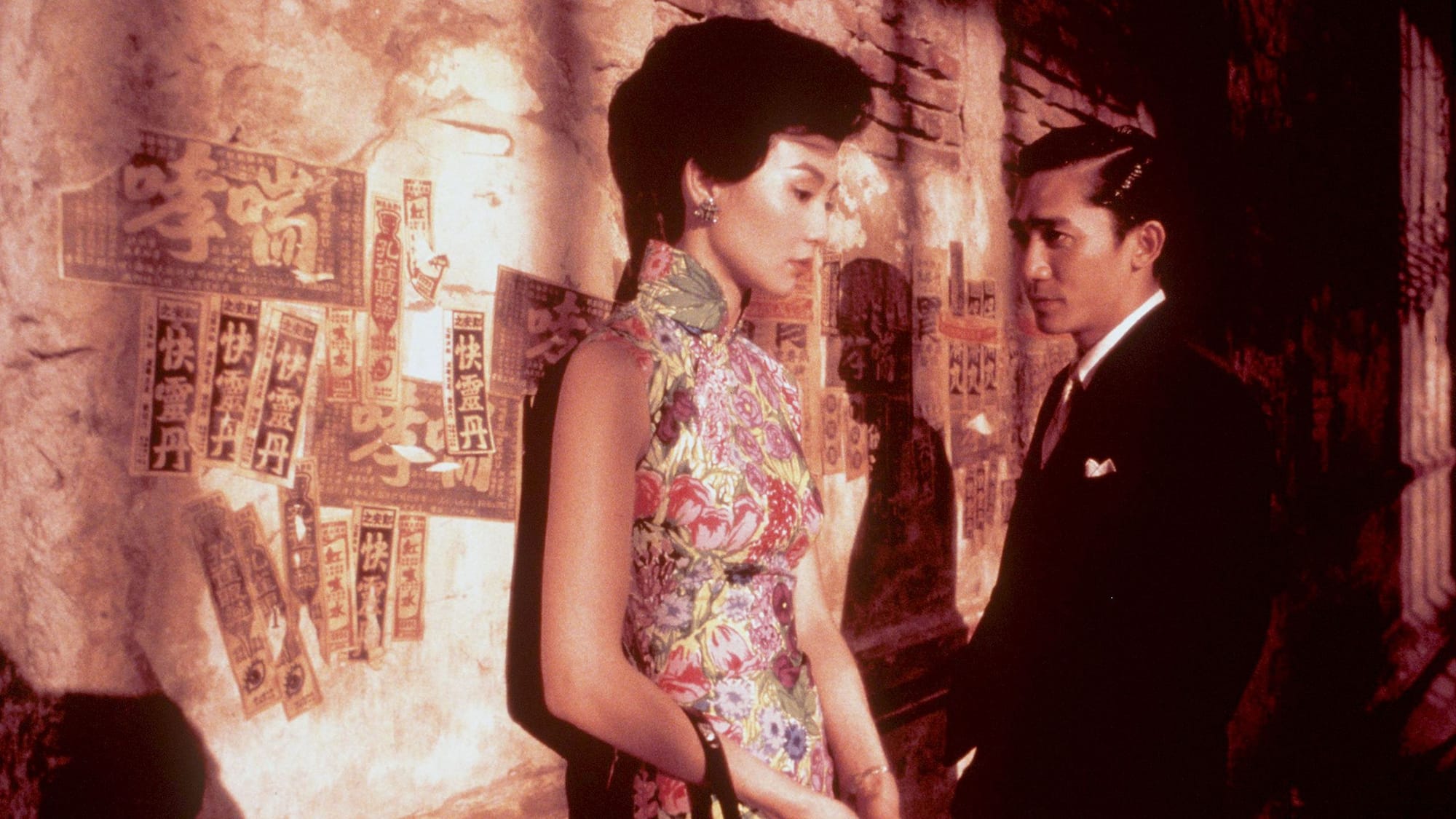
Chou Mo-wan/Su Li-zhen - In the Mood for Love
They’re neighbors. They both just had their spouse leave them for another person. It even happened at the same time!
It’s not a crazy coincidence: their spouses were having an affair with each other.
Due to grief, proximity, and shared questions about how and why their spouses ran off together, Chou Mo-wan and Su Li-zhen start spending a lot of time together. The kind of time where they roleplay as their exes, acting out how they think the infidelity began. Pretending to be her husband and his wife, correcting each other's interpretations and trying to feel something through another person's perspective.
And eventually they’re meeting to work together on crafting a martial arts story. That initial shock of being left behind subsides. Something new needs to take its place so they can keep seeing each other, but without the guilt of feeling like they’re just as bad as their absent partners. They refuse to call it love because it would echo the pain that brought them together.
These two... The sublimation is real.
Other Examples
- Dana Scully/Fox Mulder - The X-Files
- Many variants of John Watson/Sherlock Holmes
- Burt/Mary Poppins - Mary Poppins
- Crowley/Aziraphale - Good Omens
Crushes (x = 1)
Attraction, but no hard commitments. While these relationships tend to not have a long shelf life, they pack a lot of intensity into that time.
A lot of the energy powering these kind of relationships comes from focusing on what a character wants to see in the other person, which may not actually be there.
Hopelessly Devoted (1, -1)
Out of sync Crushes
When you have an imbalance between how much two characters feel about each other, and one of them is pining harder than a lumberjack, you find yourself here.
This is often a temporary waystation on the way to a different relationship type, but where it goes depends on the specifics of why these characters have mismatched relationship goals. A one-sided crush. A relationship built on a lie. The right person, but the wrong time.
The word crush is usually associated with romantic feelings, hero worship checks a lot of the same boxes. Both are a form of parasocial relationship, whether its obsession with a famous icon, or being in love with the version of someone the character has manufactured in their own head.
It can be sweet, sure. But this is also a place where stalkers dwell. A desire disparity cannot hold forever, and how it resolves depends on how out of sync these characters are.
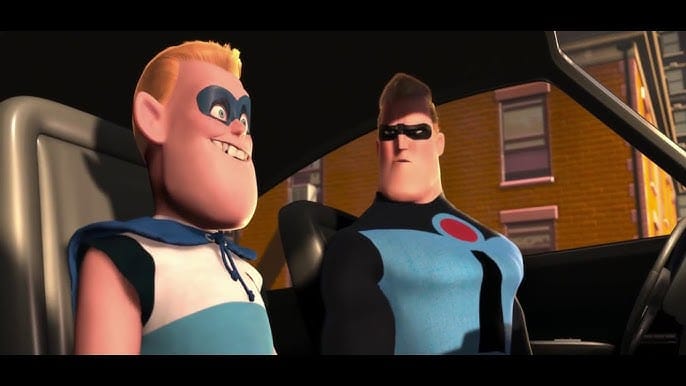
Bob Parr/Buddy Pine - The Incredibles
Buddy was a kid who wanted to be just like Mr. Incredible. So much so that he put himself in danger trying to prove he was worthy to become Mr. Incredible’s sidekick. This did not work out as Buddy hoped.
So then he spends years obsessively developing weapons to defeat all superheros, saving Mr. Incredible for the final test. Because Buddy, reborn as Syndrome, wants to prove to his former idol that he has always been worthy, and that Buddy should never have been shunned.
Other Examples
- Annie Wilkes/Paul Sheldon - Misery
- Ennis Del Mar/Jack Twist - Brokeback Mountain
- Judy/Scottie - Vertigo
- Barbie/Ken - Barbie
Keeping it Casual (1, 0)
Somewhat in sync Crushes
There may be dates. They could be hiding that they're together. They might be circling the idea of maybe possibly being an item.
There's an awareness of a mutual attraction, but potentially some hesitancy. They may be on the same wavelength for now, but they might never find themselves any more deeply committed or entangled.
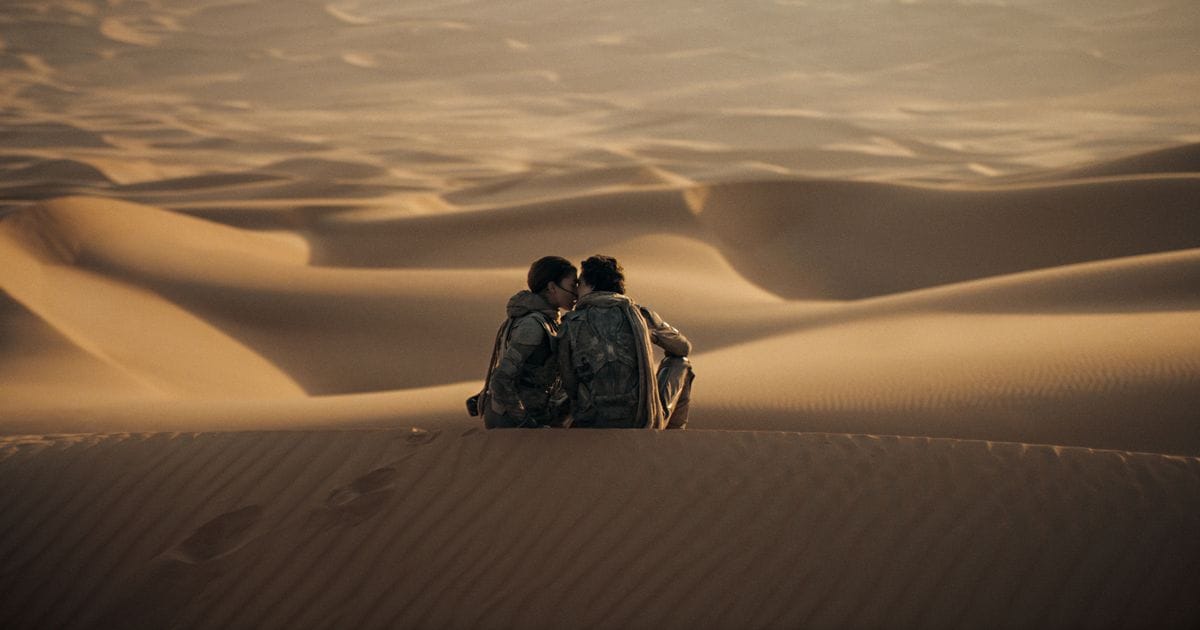
Chani/Paul Atreides - Dune Pt. 2
The problem for Chani is that she's in love with one man who's actually two.
Paul Atreides, aka Muad'Dib, refuses to let prophecy or the plans of others control him. He wants to fight with the Fremen to win back their planet. He tells Chani, "I would very much like to be your equal."
Then there's Lisan al-Gaib, when Paul walks the path that others have laid out for him. When he stops trying to be an equal and plays the role of a spiritual leader, hijacking the Fremen's planetary resistance to use them as an army for his own interstellar holy war.
Chani sees a kindred spirit in Paul, but it doesn't last.
Other Examples
- Gwen Stacy/Miles Morales - Spiderverse series
- Kermit the Frog/Miss Piggy - Muppets (various)
Mutually Assured Lusting (1, 1)
Very in sync Crushes
They both may not see the right person for themselves, but it’s someone who’s good enough for right now. Consider the end of Speed, where Jack and Annie have survived two bombing attempts in the same day:
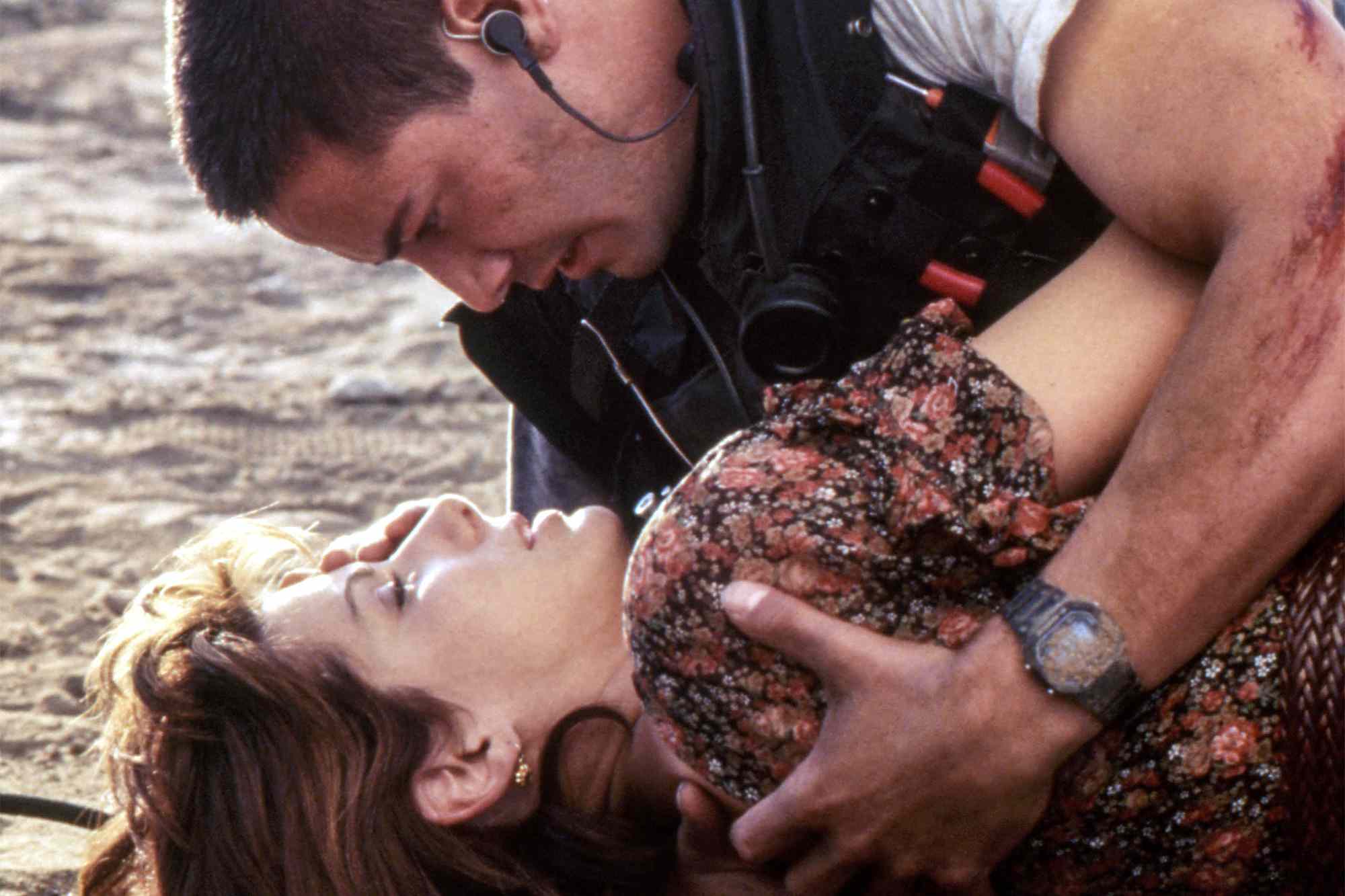
JACK
I have to warn you, I’ve heard relationships based on intense experiences never work.
ANNIE
OK. We’ll have to base it on sex then.
JACK
Whatever you say, ma’am.
Jack and Annie are no longer together in Speed 2: Cruise Control, as if to prove the point.

Celine/Jesse - Before Sunrise
Jesse has one night in Vienna before he needs to fly back to the US and no hotel booking. He just plans to wander the city until morning. He makes a bold move and asks Celine to get off the train with him before her stop and join him. She makes a bold move and agrees.
Before they get off the train, there's already clear chemistry between them, but this is a relationship that burns fast and bright (because it has to). There's a time crunch, and they make the most of every moment, moving from place to place having an extended conversation where they reveal themselves in detail.
It's an attractive stranger you'll only know for one night? What's the harm in being yourself and sharing your deep thoughts, your silliness, and your fears? "Gather ye rosebuds while ye may," and all that.
Other Examples
- Jack/Rose - Titanic
- Chuck/Ned - Pushing Daisies
- Juliet/Romeo - Romeo + Juliet
Committed (x = 2)
It could be deep romantic, idealized love, or it could be like Father John Misty says, and “love is just an economy based on resource scarcity.” These characters won’t quit each other.
How are they together? (2, -1)
Out of sync Committed
Sometimes opposites attract. Characters who regularly seem to fall out of sync with each other, but continue to reaffirm that they have some kind of need to stay together. Maybe it’s love, but maybe it’s toxic.
Or maybe it’s Freddie Prinze Jr. trying to win a bet by taking a girl with glasses to prom.
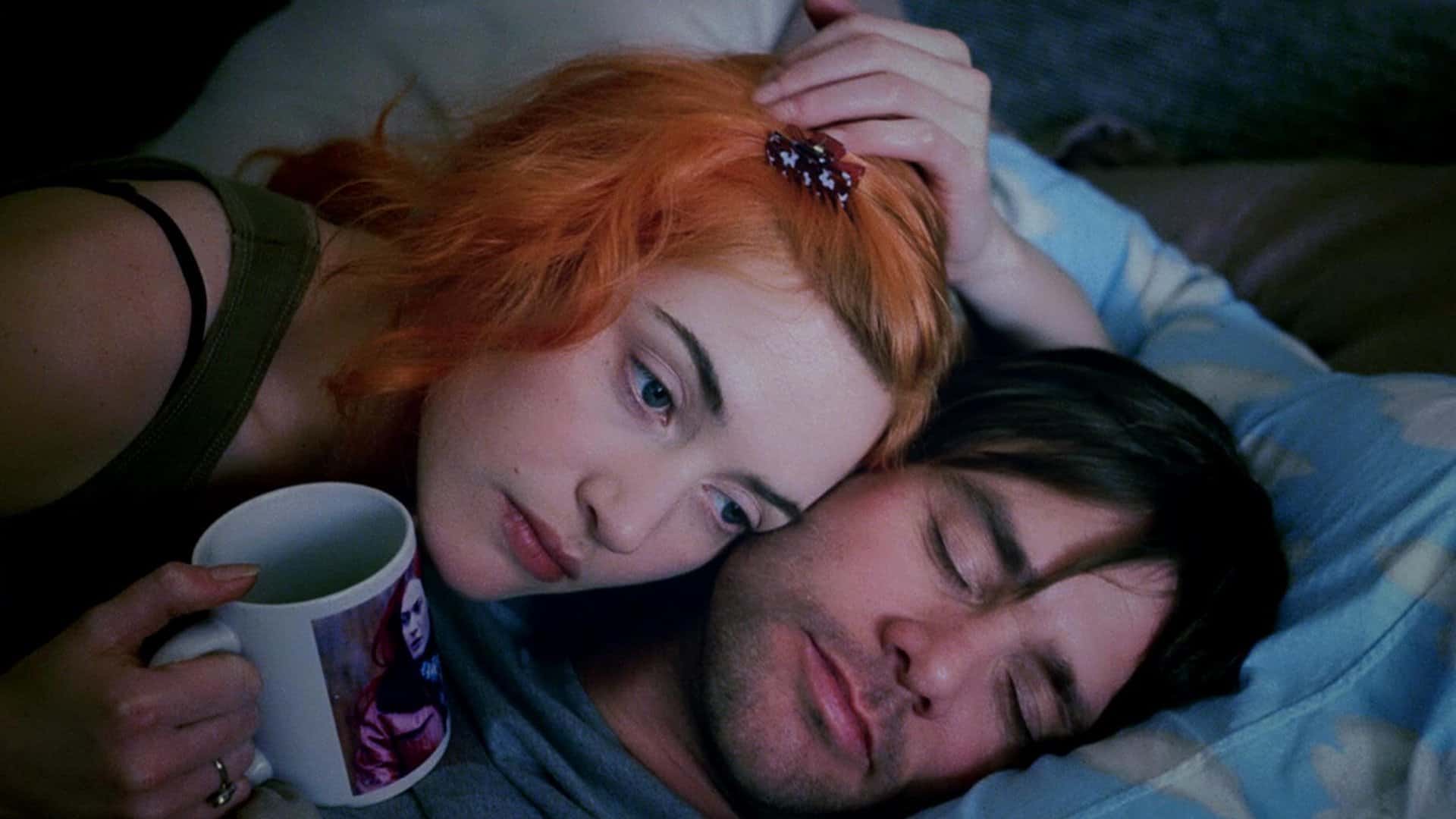
Clementine/Joel - Eternal Sunshine of the Spotless Mind
The central conceit of ESotSM is that the technology exists to erase a person from your memory. Which is great for Joel and Clementine, because their breakup is ugly and messy.
Only problem is, they meet again after the procedure.
Imagine touching a hot stove and burning your hand, but then forgetting about the whole experience the next day. You could easily make the same mistake twice.
And that's part of what happens here. Joel and Clementine keep choosing to break up, forget each other, meet, and choose to try (without realizing they're trying again).
Should the audience hope they stay together? Or are we hoping they stay split up? Is that even the point? It's a toxic relationship cycle where the audience sees what unites and divides two people, and the patchwork of overlapping feelings.
Other examples
- George/Martha - Who’s Afraid of Virginia Woolf?
- Homer Simpson/Marge Simpson - The Simpsons
- Abby Bartlet/Jed Bartlet - The West Wing
- Al Bundy/Peg Bundy - Married With Children
- Evelyn Quan Wang/Waymond Wang - Everything Everywhere All at Once
Settled (2, 0)
Somewhat in sync, Committed
Maybe there are times these two would rather go their separate ways, but there are larger forces and promises keeping them together.
These are relationships built on compromise, learning, and growing together. Just not always understanding each other.
They hold space for each other, but they're not actively encouraging each other to become their best selves. They exist in a routine that they've gotten used to. And they feel like that's enough.
The big difference between this and relationships where we don't understand why they're together is the schmaltz. The resolution of their conflicts is meant to bring them back to a neutral state and let the audience feel a release of tension.
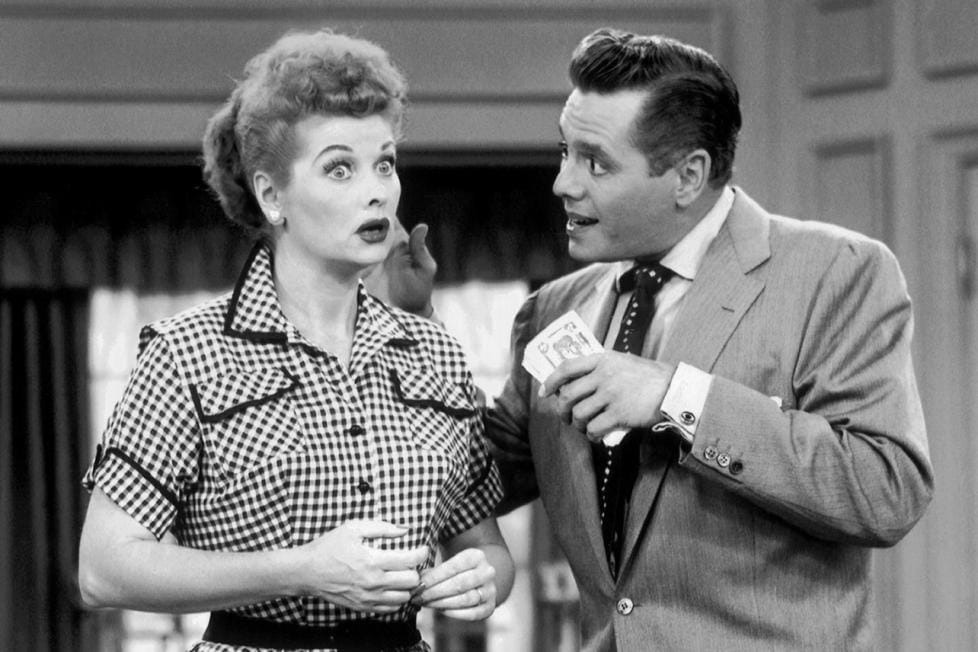
Lucy and Ricky - I Love Lucy
These two are the Rosetta Stone of decades of sitcom depictions of marriage.
Do they love each other? That's never in question. Do they do things that irritate each other? At least once an episode.
There are few consequences, and lots of opportunities to try it all again. Lucy gets drunk off Vitametavegamin before having to do a commercial for the "health tonic," but there's no impact on Ricky's job hosting the television program. No matter how many times Lucy tries to sneak herself in as a performer with Ricky's nightly club gig, nobody ever calls them on it.
Conflicts aren't about resolving the dramatic consequences of the action, but resolving the discord between the couple.
Other Examples
- Jill Taylor/Tim Taylor - Home Improvement
- Carl Frederickson/Ellie Frederickson - Up
- Logan Echolls/Veronica Mars - Veronica Mars
- Harry/Sally - When Harry Met Sally
Soul Mates are Real (2, 1)
Very in sync Committed
These aren’t just Relationship Goals, they’re something elemental and iconic. When characters don’t just share attraction and property, but they elevate each other toward being their best selves.
They set a high bar for what love can feel like. They show the possibility of two people who truly mean it when they say “I like you, and I love you.”
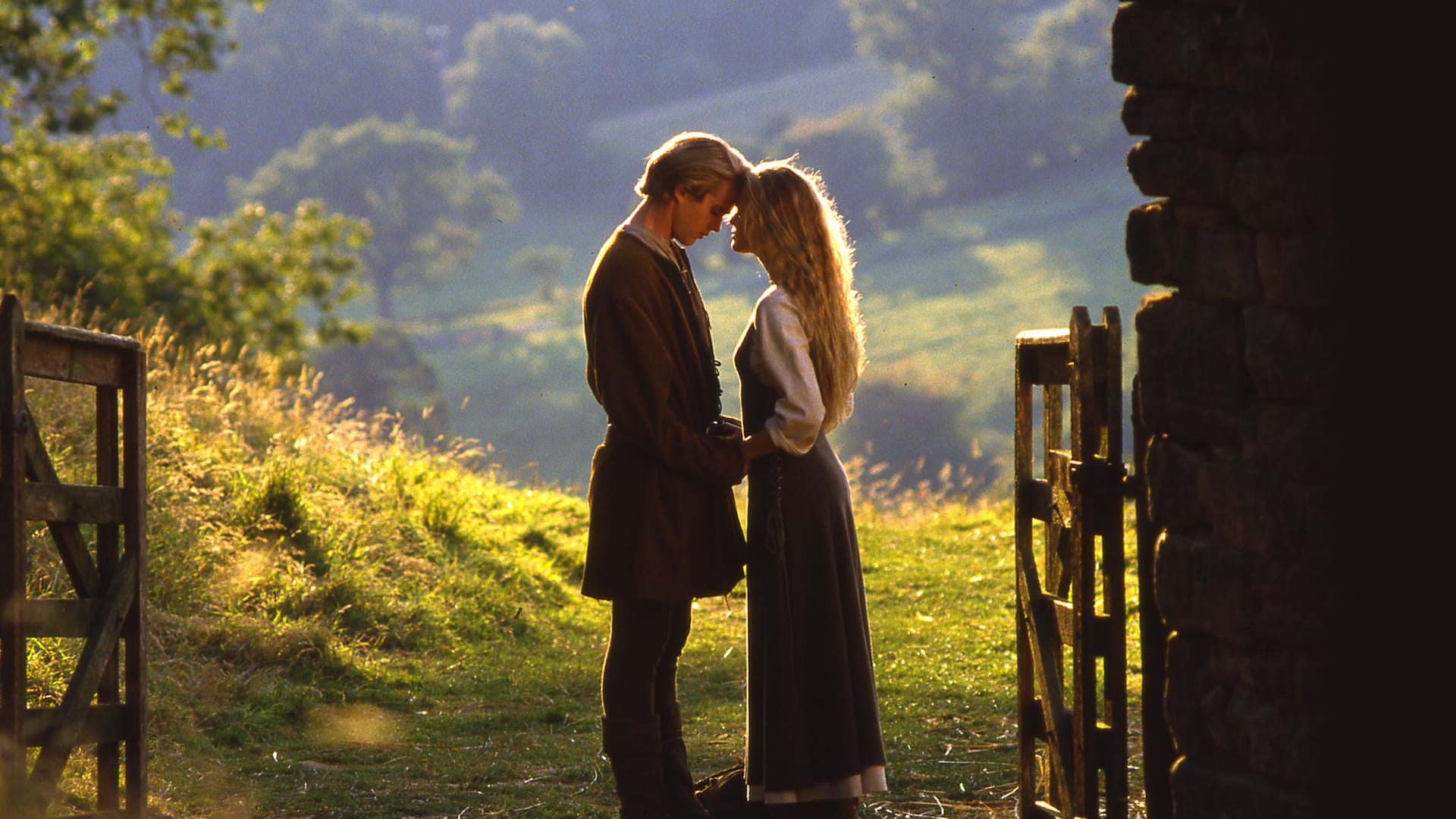
Buttercup/Westley - The Princess Bride
They face peril every step of the way toward their reunion. Terribly perilous peril, like Rodents Of Unusual Size, a poisonous battle of wits, and an insecure, petty monarch who sees no issue with forcing a woman to marry him against her will.
Westley even ends up mostly dead when he refuses, under torture, to give up on pursuing Buttercup.
Time, distance, torture, death. Nothing could keep these two apart.
“This is true love. Think this happens every day?”
“I will always come for you.”
“Death cannot stop true love. All it can do is delay it for a while.”
Other examples
- Blackbeard/Stede - Our Flag Means Death
- Chidi Anagonye/Eleanor Shellstrop - The Good Place
- Amity Blight/Luz Noceda - The Owl House
- Ben Wyatt/Leslie Knope - Parks and Recreation
- Kevin Cozner/Raymond Holt - Brooklyn 9-9
Relationships are a series of points
While all these examples focus on characters at an iconic point in their dynamic, relationships change. Feelings grow deeper, or fade away. When characters learn more about each other and grow closer together, it can make them more or less in sync with each other.
Whether it's over the course of a TV series or a novel or a movie, change happens.
Where does the relationship between these characters start? Where could it be heading? What other points will they travel through on their way?
These are the questions you answer as you plot out your characters' choices and their consequences.

